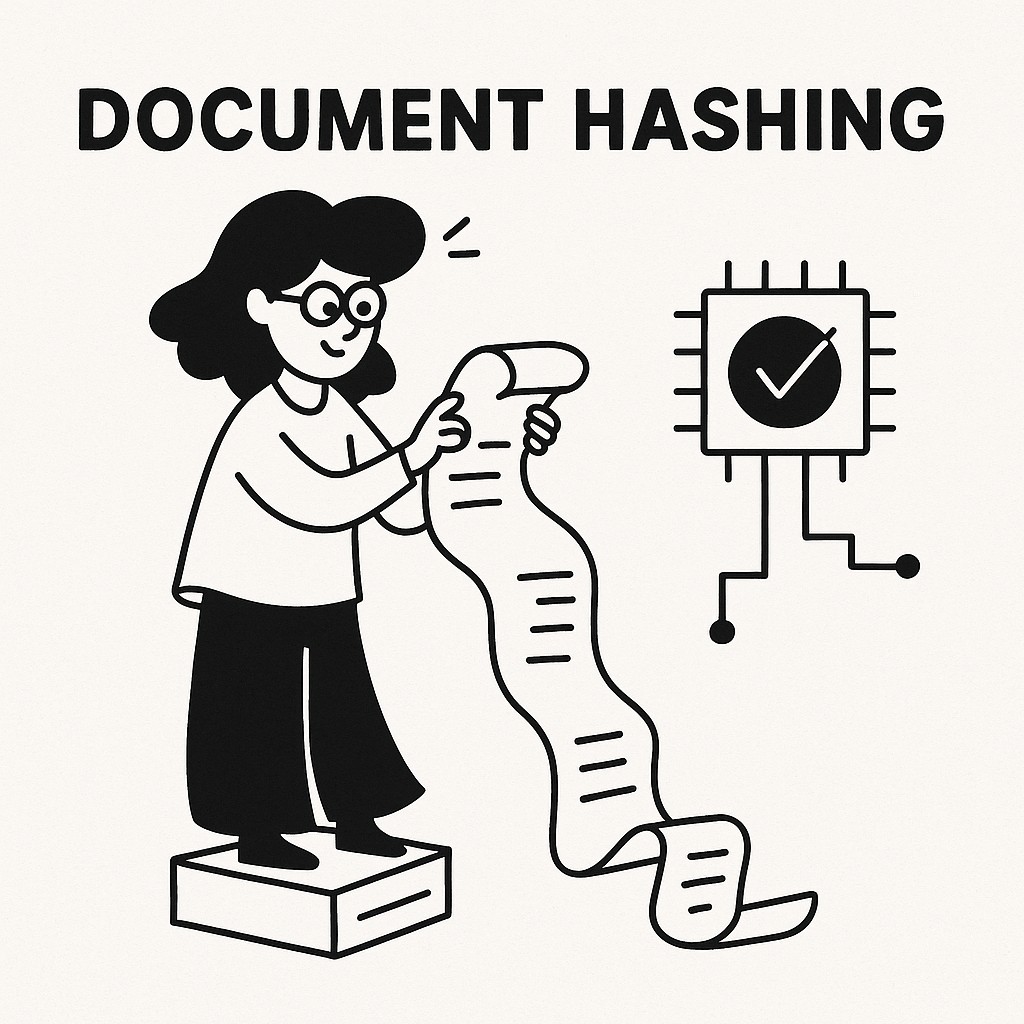
Document Hashing Definition and Examples
Understanding Document Hashing for e-Signing
When it comes to e-signing, ensuring the integrity of a document is paramount. One of the key technologies enabling this security is Document Hashing. But what exactly is Document Hashing, and why is it crucial for digital signatures? Let's delve into its definition and explore some practical examples to grasp this essential concept.
What is Document Hashing?
Document Hashing is a process that transforms a document into a unique string of characters, known as a hash value or hash code, through a cryptographic algorithm. This hash value is essentially a digital fingerprint of the original document. Any alteration, even the slightest change, in the document's content will produce a completely different hash value, making it an effective tool for verifying document integrity.
How Does Document Hashing Work?
- Input and Algorithm: The original document is input into a specific cryptographic hash function. Popular algorithms include SHA-256 and MD5.
- Output Hash Value: The hash function processes the document and generates a fixed-length hash value.
- Comparison: To verify document authenticity, the hash value of the received document is compared with the hash value of the original. If they match, the document is unaltered; if not, the document has been tampered with.
Importance in e-Signing
In the realm of e-signing, Document Hashing is indispensable for several reasons:
- Integrity: It ensures the document has not been altered after being signed.
- Security: Hashing provides a layer of security by making it nearly impossible for malicious actors to change a document without detection.
- Verification: Helps in confirming the authenticity of the document for all parties involved.
Real-World Examples
- Legal Documents: Law firms often use document hashing to ensure that sensitive legal contracts remain unchanged from the time of signing.
- Financial Agreements: Banks and financial institutions employ hashing to protect important financial documents like loan agreements.
- Medical Records: In the healthcare sector, document hashing helps safeguard patient records and medical transcripts from unauthorized modifications.
Document Hashing is a cornerstone technology for securing and validating digital documents. By transforming documents into unique hash values, it ensures integrity and builds trust in the e-signing process. At GoodSign, we leverage this robust technology to provide secure and reliable e-signature solutions, allowing you to focus on what matters most—your business.